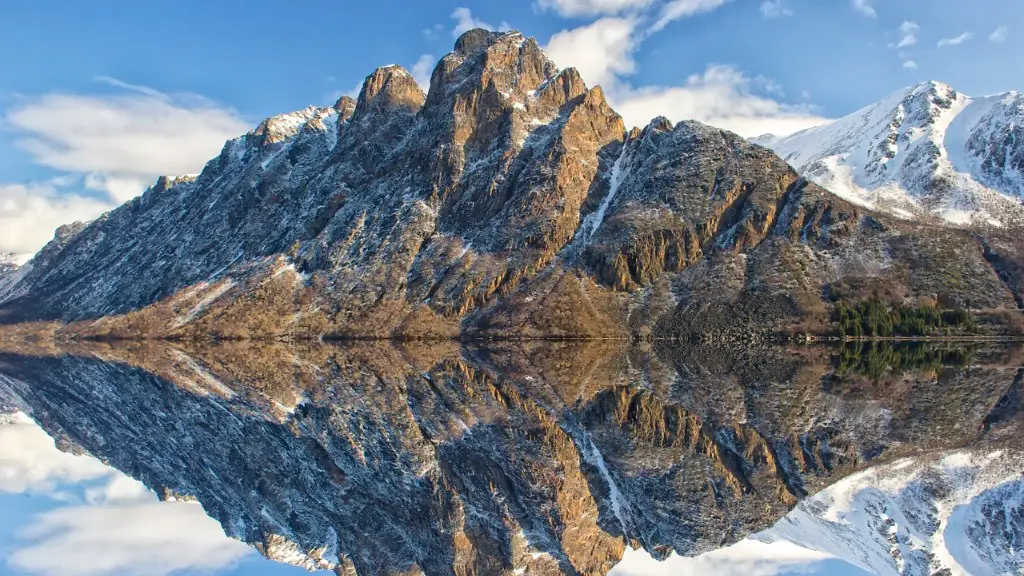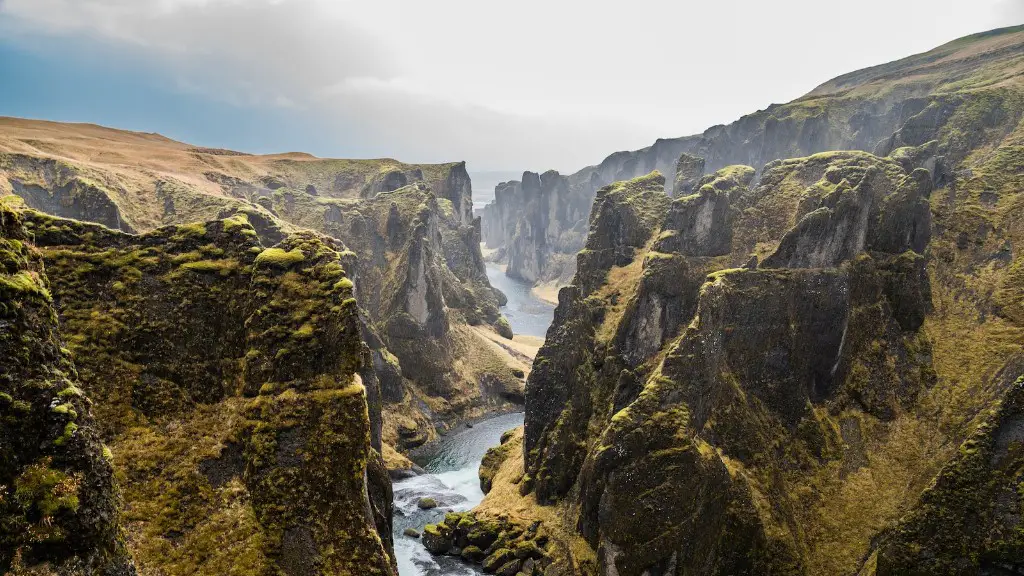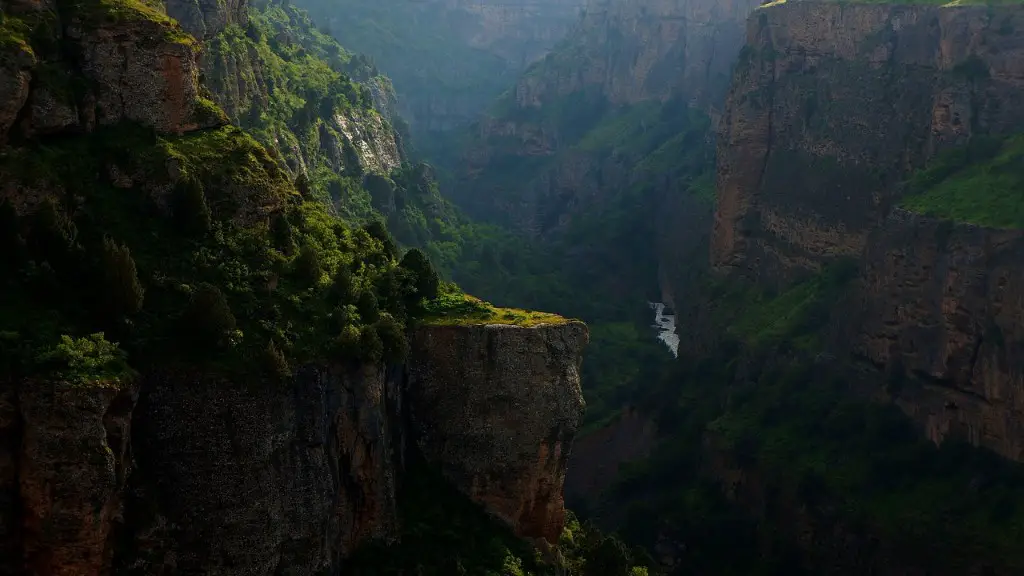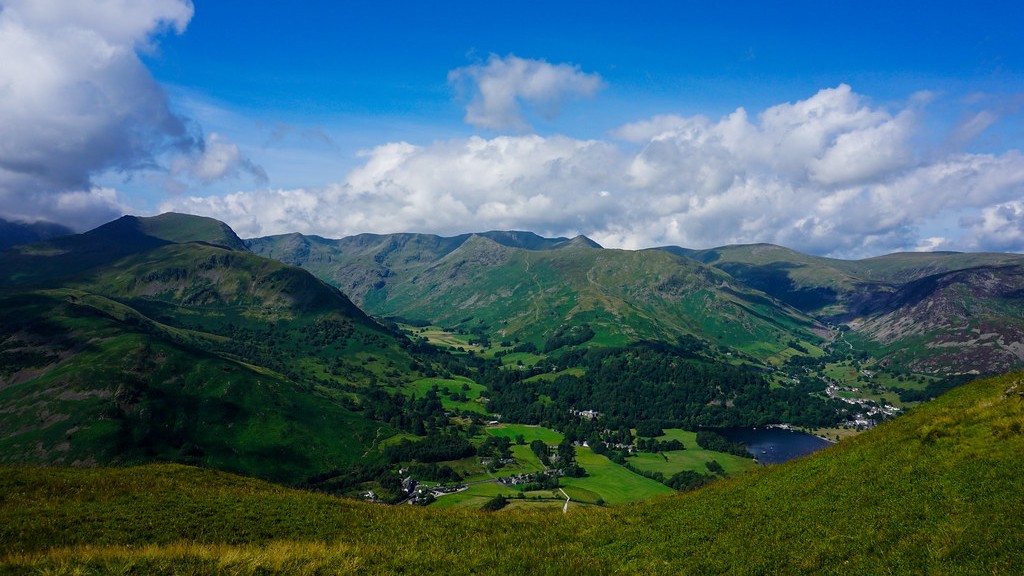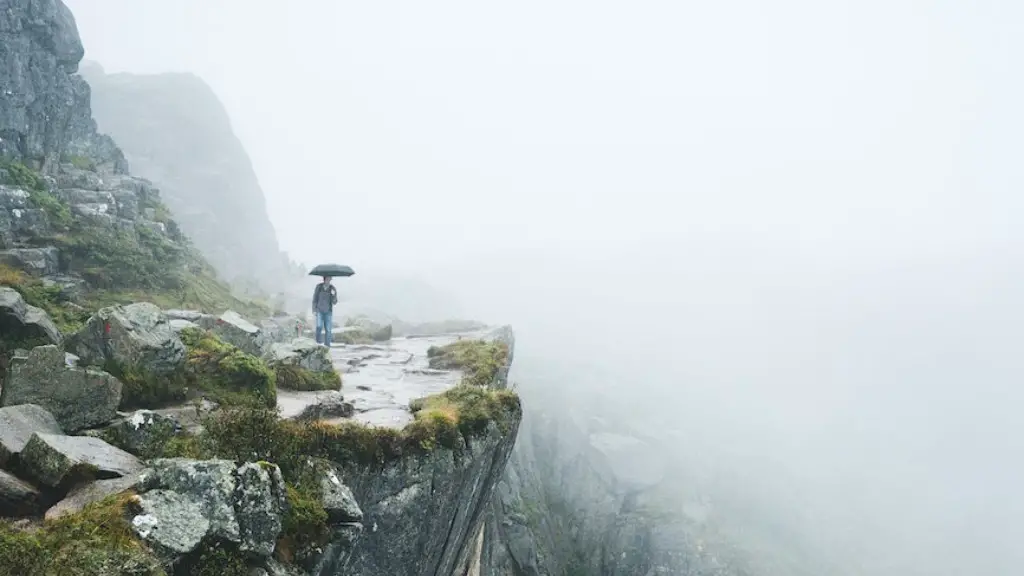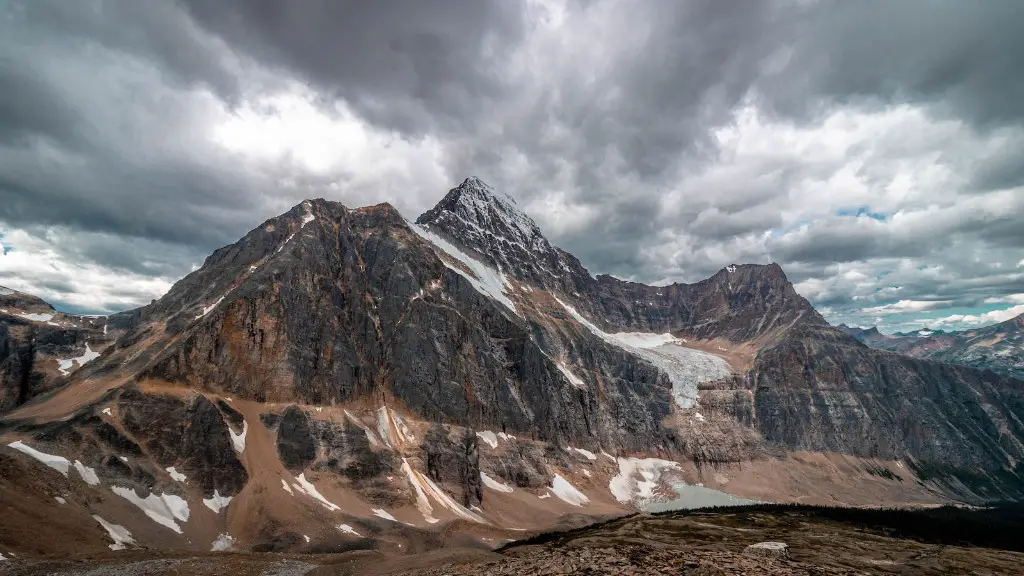Mountaineering is an inherently dangerous sport, and there is no guarantee of success when attempting to climb any given mountain. Mount Everest, the tallest mountain in the world, is no exception. With an elevation of 29,035 feet (8,848 meters), it is nearly one third of a mile higher than the next tallest mountain. Climbing Everest is an extreme test of human endurance and nerve, and it is important to be as prepared as possible before attempting to summit.
It is recommended that people who wish to climb Mount Everest should have at least five to six months of mountaineering experience, as well as basic rock-climbing skills. They should also be in good physical condition, as the climb is very strenuous.
How long does it take to prepare to climb Mount Everest?
Most people need at least a year of special training to climb mount Everest. After training lasting for six to nine months, people can build up a solid foundation to health condition.
To attempt any of the Seven Summits, you need significant mountaineering experience. Just because you’ve climbed one doesn’t mean you’re automatically prepared for the next. Each peak presents different challenges, and you need to be able to assess your own abilities in order to know when to turn back. Beyond experience, you need good footwork and self-management skills.
Can a beginner climb Mount Everest
If you’re looking for a challenge and an adventure, then trekking to Everest Base Camp is definitely for you! It’s not easy, but it’s an incredible experience that you’ll never forget. Just be sure to prepare physically and mentally for the journey, and you’ll be sure to reach the summit!
In order to successfully summit Everest, you must be incredibly physically fit; most people spend at least one-year training to climb the mountain. You should also be comfortable on AD-rated climbs with previous experience at high altitudes.
What is the best age to climb Everest?
There are two ways to scale Mount Everest, the world’s tallest peak. One is from the north side, in Tibet, and the other is from the south side, in Nepal. Chinese authorities impose an age limit of 18-60 for climbers attempting to scale Everest from the north side in Tibet, while in Nepal, climbers must be a minimum of 16 years old but there is no upper age limit.
The average temperature at the top of Mount Everest during the winter season is around -37°C(-35°F). Similarly, the average temperature at Everest Base Camp during the winter season is around -17°C(14°F). These temperatures are the coldest that the region sees all year, and can be dangerous for those not prepared for the extreme conditions.
Is it hard to breathe on Mount Everest?
On the peak of Everest, it can take minutes just to catch your breath. That’s because, at an elevation of 8,848 meters (29,029 feet), each breath contains one-third of the oxygen found at sea level. The air is so thin that your body has to work harder to get the oxygen it needs.
Lhakpa Sherpa is a Nepali sherpa mountaineer who currently holds the women’s world record for summiting Mount Everest, the world’s highest mountain, eight times. In an interview, she stated that the most difficult day of the journey is typically the day that climbers attempt to make it to the summit and back to Camp Four in a single day, spending as little time as possible in the death zone. Given that it takes her about seven hours to complete this journey, it is clear that this is indeed a difficult feat.
What is the hardest part of climbing Mount Everest
Acute mountain sickness (AMS) is the prime challenge for climbers of Mt Everest. It’s what intimidates trekkers and compels them to give careful thought before taking further steps. AMS in Everest usually results from low air pressure and rapid temperature changes.
The new study confirms what many observers have long suspected – that the porters who carry tourists’ luggage up and down the steep trails of the Himalayas are among the strongest men on Earth. On average, the porters carried nearly 90 percent of their body weight, and a quarter of them carried more than 125 percent of their own weight. This is an incredible feat of strength and endurance, and it’s one that the porters perform day in and day out.
How cheap can you climb Mount Everest?
The cost of a standard supported climb can range from $28,000 to $85,000. This includes transportation from Kathmandu or Lhasa, food, base camp tents, Sherpa support, and supplemental oxygen. A fully custom climb will cost more than $115,000. Those who are willing to take extreme risks can get by for less than $20,000.
Climbers heading to Mount Everest should be aware that they will need to spend a significant amount of money on gear and supplies for their expedition. Expect to spend at least $30,000 on items such as food, fuel, and a local cook. This is just for a six-week trip, so be prepared to budget accordingly.
What percentage of climbers survive Everest
There has been an increase in the number of deaths on Mount Everest, but the death rate has actually decreased. This is likely due to the fact that more people are attempting to climb the mountain than ever before. While the number of deaths is still relatively low, it is important to be aware of the dangers of climbing Everest.
Nims Purja has set two new world records, marking yet another 8,000m season where he has pushed the boundaries of his sport further than many thought possible. In just eight days, 23 hours and 10 minutes, Purja summited Everest, Lhotse and Kanchenjunga – all without supplementary oxygen. This is an incredible accomplishment and cements Purja’s place as one of the greatest mountaineers of our time.
What is death zone in Mount Everest?
The summits of the world’s 14 tallest mountains are all found in what is ominously known as the “death zone,” which is typically identified as 8,000 metres (26,000 feet) above sea level. At these altitudes, the oxygen levels are insufficient to sustain human life for an extended period. climbers who spend extended periods in the death zone are at serious risk of suffering from acute mountain sickness, which can lead to fatal pulmonary or cerebral edema. In addition, the cold temperatures and strong winds at these altitudes can make climbing extremely difficult and dangerous.
The top three causes of death on Everest are avalanches, falls, and mountain sickness. Avalanches are the most deadly, especially in recent years due to the increased number of climbers on the mountain. Falls and collapses typically happen during the descent when climbers are exhausted and not paying as much attention. Mountain sickness can be deadly if it causes brain or lung edema.
Do you have to wear oxygen to climb Mount Everest
The body is only able to function at high altitudes when there is a sufficient supply of oxygen. When oxygen levels fall below a certain threshold, the body starts to experience a range of symptoms including breathlessness, headache, tiredness, and dizziness. In severe cases, lack of oxygen can lead to mountain sickness, coma, and even death.
While it is possible for people to climb to the summit of Everest without supplementary oxygen, it is extremely difficult and dangerous. Without oxygen, the body starts to hyperventilate in an attempt to get more oxygen, but this only leads to further respiratory problems. The body also starts to produce more carbon dioxide, which makes the blood more acidic. This can lead to a condition called respiratory alkalosis, which can be fatal if not treated quickly. Even with all of these physiological adaptations, the arterial PO2 (partial pressure of oxygen) in the body is still only 30 Torr – less than half of what it is at sea level. This is why it is so important for climbers to use supplementary oxygen when attempting to summit Everest.
As explained earlier, an average climber will burn 10,000 calories per day climbing on Mount Everest. While this may seem like a lot, it is actually essential in order to maintain their body temperature and prevent frostbite.
Final Words
Climbing Mount Everest is an extremely strenuous and dangerous undertaking that requires months of preparation. Physical conditioning is essential, and mountaineers must be in excellent shape before beginning their ascent. They also need to acclimatize gradually to the high altitudes by spending time at progressively higher elevations. Gear must be carefully chosen and meticulously tested, and team members must be thoroughly familiar with one another’s capabilities and limitations. Weather conditions on the mountain can be unpredictable and extreme, so climbers must be prepared for anything.
In conclusion, it is important to be prepared both mentally and physically before attempting to climb Mount Everest. familiarize yourself with the route, and be sure to bring plenty of food, water, and warm clothing. Most importantly, listen to your body and turn back if you feel you are not up to the challenge.
